Edgar Cervantes / Android Authority
The cryptocurrency and blockchain industries have ushered in a new era of money. Exciting as that might sound, though, you will often come across buzzwords and technical terms that are entirely meaningless without context. Naturally, if you’re looking to make your first cryptocurrency purchase or investment, this can end up being quite confusing.
To help with this dilemma, here is a glossary of common terms and phrases you’re likely to come across in the cryptocurrency ecosystem. Whether you’re new to the market or returning after a while, it should bring you up to speed.
Blockchain / Decentralized ledger
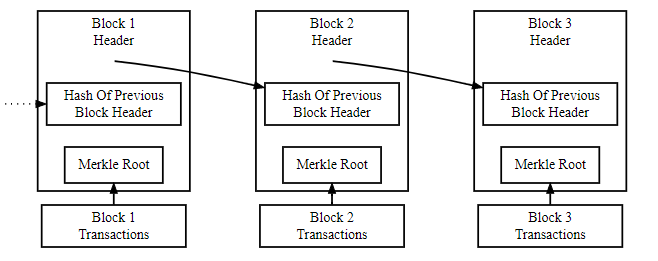
Blockchain is the technology that underpins cryptocurrencies such as Bitcoin and Ethereum. Put simply, a blockchain is a digital record of transactions distributed across a network, such as the internet.
In the context of cryptocurrencies, transactions are recorded in blocks every few seconds or minutes. Blocks are then arranged by time and include a reference to the previous block to prevent tampering and counterfeiting. This sequential arrangement of blocks is why the technology is called a blockchain.
Decentralization
Cryptocurrencies are often referred to as decentralized networks because they lack singular authorities like governments, financial institutions, or central banks.
Decentralization allows everyone on the network to have equal access and work toward a common goal. In cryptocurrency, this means volunteers are working together to enforce the rules of the network, often in exchange for a reward.
Consensus mechanism
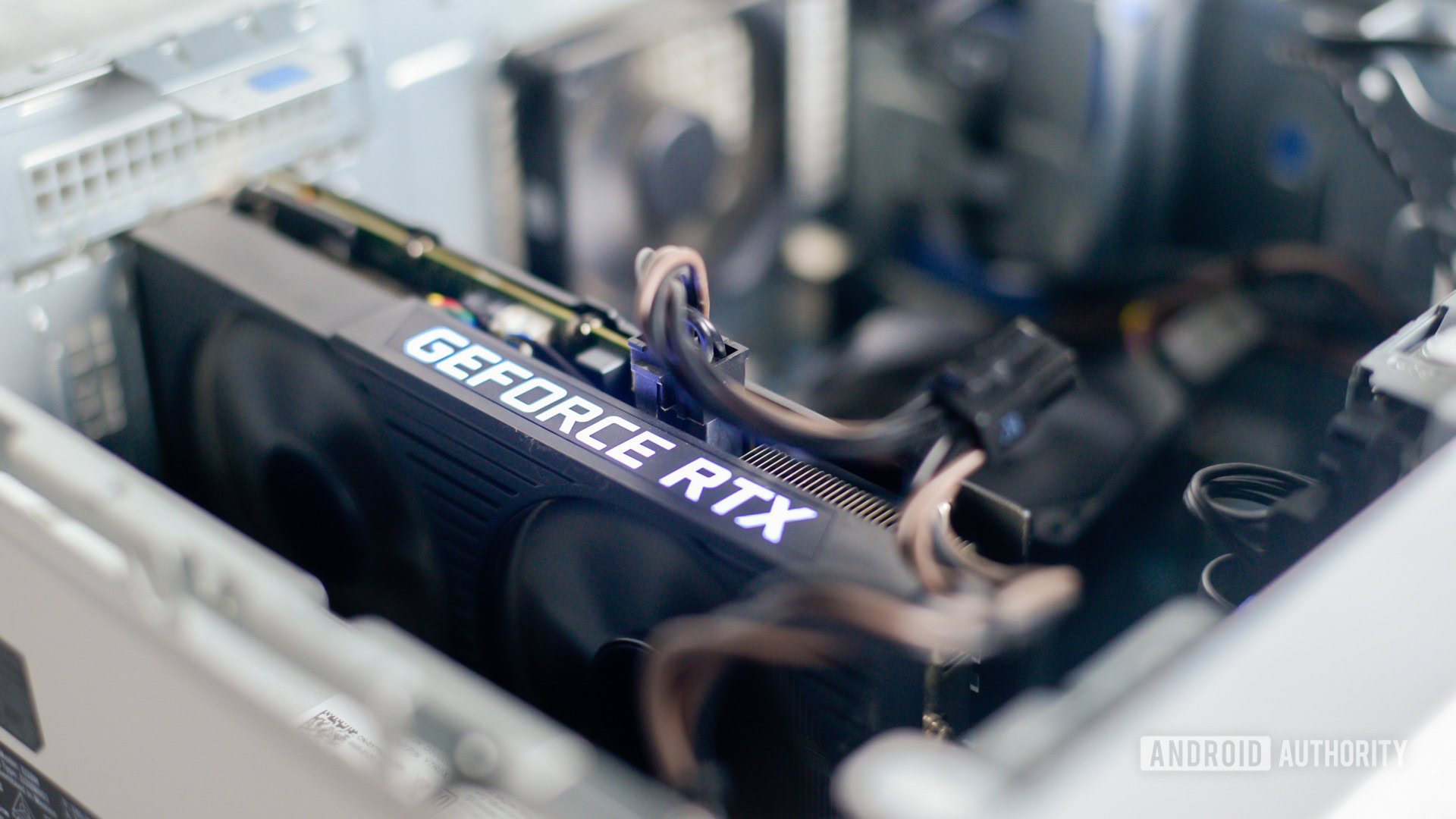
Edgar Cervantes / Android Authority
Decentralized cryptocurrencies need a way to determine whether a majority of the network’s participants are in agreement or not. To that end, a consensus mechanism offers every individual the opportunity to participate in governance and transaction validation.
Every cryptocurrency has its own unique consensus mechanism in the form of a software algorithm. Bitcoin, for example, uses the Proof of Work algorithm, which is also referred to as cryptocurrency mining. Cardano, on the other hand, utilizes Proof of Stake.
Cryptocurrency

Edgar Cervantes / Android Authority
A cryptocurrency is digital money secured by cryptographic principles. Token ownership records are usually shared or distributed over the internet, and new transactions are verified by volunteers, typically in exchange for a reward. These systems allow cryptocurrencies to function correctly even in the absence of governments and central authorities.
Cryptocurrencies are typically owned and transferred via a digital wallet. Moreover, all of this can be facilitated without intermediaries or third-party routing hubs because of the technology’s decentralized nature.
In most cryptocurrencies, transaction validation and network upgrades are generally carried out publicly and transparently through a consensus mechanism.
Peer to peer
The term peer to peer is often used to signal a platform or network where two parties (or peers) directly exchange something with each other. Apart from cryptocurrencies, some other examples of P2P networks include BitTorrent and the infamous file-sharing service, Napster.
Nearly all cryptocurrencies are peer to peer since transactions are made directly between individual wallets, with no intermediaries.
In the context of the cryptocurrency industry, peer to peer is often also used to describe a trading or decentralized lending platform such as LocalBitcoins and the Compound protocol.
Proof of work / Cryptocurrency mining

Edgar Cervantes / Android Authority
Often referred to as mining, Proof of Work is a consensus mechanism requiring participants to contribute computational power to the network. The process can be extremely rewarding, which attracts diverse participation. The competition effectively achieves decentralization by reducing the chances of collusion or cooperation between malicious actors.
In Proof of Work, transaction validators compete with each other to compute a mathematical solution. The first validator or miner to submit a valid solution receives a reward in the form of a fixed reward and transaction fees. Check out our definitive guide to cryptocurrency mining for a more in-depth explanation.
Proof of Stake (PoS)
Proof of Stake is a relatively new consensus mechanism often positioned as a more efficient alternative to Proof of Work.
In a nutshell, proof of stake networks do not involve mining or computing cryptographic hashes to create new blocks. Instead, owners of the cryptocurrency token can lock up a certain amount of their holdings to receive voting privileges. When a new block needs to be added to the network, wallets with active stakes are chosen. A higher staked amount corresponds to a greater chance of being picked.
Proof of Stake allows token holders to vote on the legitimacy of new transactions in a cryptocurrency network. Votes are weighted based on how many tokens are staked or owned.
Staking requires far fewer resources and has a negligible maintenance cost. Additionally, it has a substantially lower impact on the environment since computational power is no longer a barrier to entry. However, critics argue that the system unfairly advantages those with accumulated wealth, thereby hurting the cryptocurrency’s decentralization.
Stablecoin
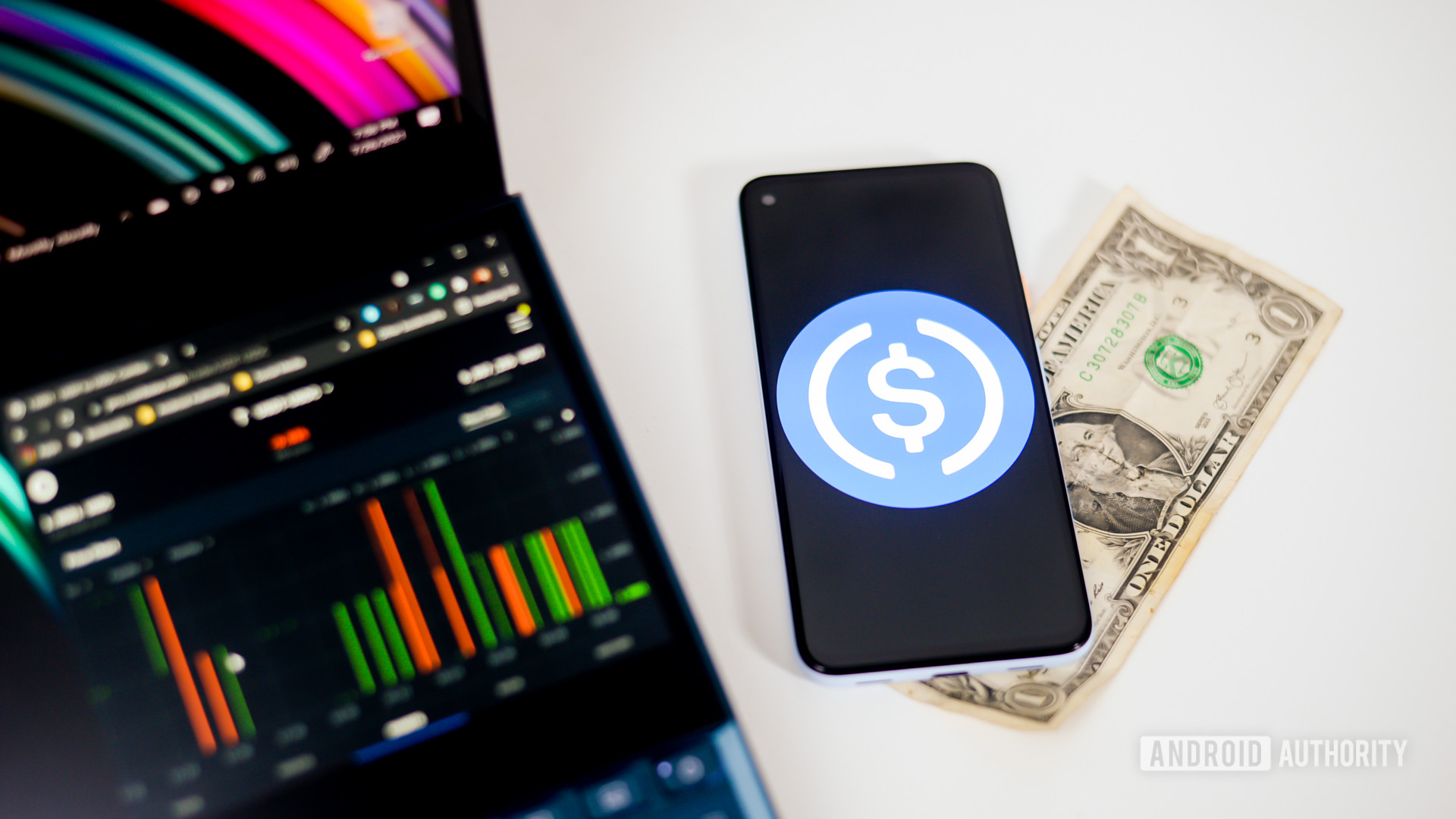
Edgar Cervantes / Android Authority
Stablecoin is an informal term used to describe a specific class of cryptocurrencies that maintain a stable trading price. Their value is always pegged to some asset, such as the US dollar, gold, or even oil. Stablecoins usually achieve price stability by promising to maintain a reserve of one unit of the underlying asset for every token. For example, a USD Coin token should only be issued when one dollar also exists in the reserve.
If the stablecoin is owned and operated by a for-profit company, the reserve may exist in the form of a bank account or other financial instrument. This is best highlighted by Tether, the largest stablecoin with more than $65 billion worth of tokens in circulation.
According to an attestation of Tether’s reserves, the company holds a wide variety of assets to back up its tokens. This includes cash, commercial paper, treasury bills, and corporate bonds.
Stablecoins are frequently used by traders that prefer the convenience of a single universal asset. Other applications include decentralized finance, built upon the programmability offered by cryptocurrency and requiring the relative stability of something like the US dollar.
Read more: What is USD Coin? Is USDC a safer stablecoin bet than Tether?
Transaction confirmations
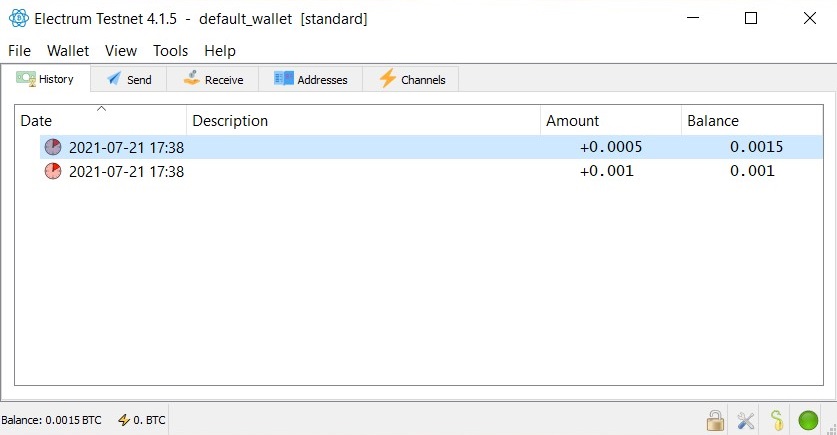
Calvin Wankhede / Android Authority
A transaction is only considered successful in most cryptocurrencies when a block containing it is added to the blockchain. However, in an insecure cryptocurrency network lacking decentralization, an attacker may be able to reverse blocks and, by extension, any transactions within them.
The difficulty of reversing transactions increases significantly as a block matures over time. This is because the malicious actor would need to first attack the newest block and work their way backward.
Confirmations thus refer to the age of a block. In Bitcoin, for example, a block is added to the blockchain every ten minutes. The gold standard is six confirmations, which means a transaction is considered to be irreversible after 60 minutes. The screenshot above shows two incoming Bitcoin transactions with one confirmation each, as indicated by the clock at the two o’clock position.
In weaker, attack-prone cryptocurrencies like Ethereum Classic (ETC), merchants may even ask for 40,000 confirmations or a week’s worth of transaction “age.”
Circulating supply
A cryptocurrency’s circulating supply refers to the total number of tokens that have been created and currently exist in circulation.
Despite what the title suggests, the figure may also sometimes include tokens not actually in circulation. This is because a good percentage of all cryptocurrency wallets are lost forever. In other words, the true number of tokens in actual circulation is nearly impossible to estimate. Circulating supply does, however, exclude officially destroyed or burned tokens.
For example, Bitcoin has over 19 million tokens in circulation versus a hard cap of 21 million. The remaining two million or so will be mined over the coming years.
The circulating supply metric is often used to compare the valuations of different cryptocurrency assets. To better understand this, see the following section on market capitalization.
Market capitalization
Put simply, a cryptocurrency’s market capitalization is its current trading price multiplied by the circulating supply. Take Bitcoin, for example. Multiply a theoretical price of $55,000 and its circulating supply of 19 million tokens, and you get a market capitalization of $1 trillion.
Market capitalization, or market cap, is commonly used to rank cryptocurrencies in discussions regarding the market. Since its release in 2009, Bitcoin has always maintained its status as the top cryptocurrency by market cap. However, the remaining spots are in a state of constant flux.
Market capitalization, or market cap, is commonly used to rank cryptocurrencies in discussions regarding the market.
Websites like CoinMarketCap and CoinGecko offer a live ranking of tokens sorted by market cap.
ERC-20
ERC-20 refers to a specific standard that permits developers to create unique tokens on top of the Ethereum blockchain. ERC stands for Ethereum Request for Comment and refers to the protocol through which new Ethereum features are proposed.
Some popular examples of ERC-20 tokens include Tether (USDT), Uniswap (UNI), and Basic Attention Token (BAT). Because ERC-20 tokens are essentially extra bits of data on the Ethereum blockchain, they are easier to develop and manage. Many existing Ethereum wallets also support ERC-20 tokens, reducing the development overhead.
Since ERC-20 tokens live on the Ethereum blockchain, their transaction fees must be paid in Ethereum. This means that ERC-20 token users also need to hold and spend some ETH.
ERC-721 or NFT

Calvin Wankhede / Android Authority
Like the ERC-20 standard, ERC-721 is an Ethereum specification added via a community proposal. Officially titled the non-fungible token standard, it enables the Ethereum network to record any physical or digital asset ownership.
Most cryptocurrency tokens are fungible or interchangeable, exactly like how different banknotes of the same denomination are indistinguishable from each other. However, non-fungible tokens are specifically unique. These tokens can be used to represent anything in the real world, including art, real estate, and even virtual collectibles like a rare video game character.
In 2021, NFTs witnessed a huge surge in interest as companies like Visa, ESL, and even the NBA began selling NFTs to the general public. Read more about the technology in our guide to NFTs.
Fork

In computer programming, a fork refers to a modified variant of existing software. Imagine a scenario where a particular software’s development splits into two paths, like a fork in the road. The term is popularly used in the context of open-source software, including many cryptocurrencies.
Forks may involve slight or drastic modifications to the original software. In cryptocurrency, forks that are non-disruptive and part of a planned software upgrade are referred to as soft forks. These forks are backwards compatible with older versions, so not everyone is forced to adopt the new standard.
On the other hand, hard forks force the cryptocurrency’s participants to upgrade their software. Those who do not will be stuck on the older variant, which may end up worthless. In some cases like Ethereum Classic, however, vestigial forks may end up with an active community and some value.
Forks refer to variants of a cryptocurrency, either as part of a routine software upgrade or community-backed split like in the case of Bitcoin and Litecoin.
Hard forks can also lead to spin-off cryptocurrencies like Litecoin (LTC). The fork’s developers believed they could create a smaller, more nimble alternative to Bitcoin (BTC). Even though it shares much of the same code, Litecoin naturally has a community and valuation entirely separate from Bitcoin.
Halving event (Bitcoin)
In Bitcoin, a halving refers to the event wherein rewards earned through mining drops in half. This also means that the rate of new bitcoins entering the market is halved.
Halvings occur roughly once every four years. More specifically, a halving automatically takes place every 210,000 blocks. For some context, one block is mined approximately every ten minutes.
Bitcoin has already undergone three halving events since 2009 — bringing the cryptocurrency’s rate of supply down from 50 BTC per block to a mere 6.25 BTC.
Halving events represent a sudden drop in supply. Assuming demand stays constant, this supply shock often leads to a tremendous increase in the price of Bitcoin. So far, each halving event has been followed by a bull run for Bitcoin and the rest of the cryptocurrency market.
Hash power
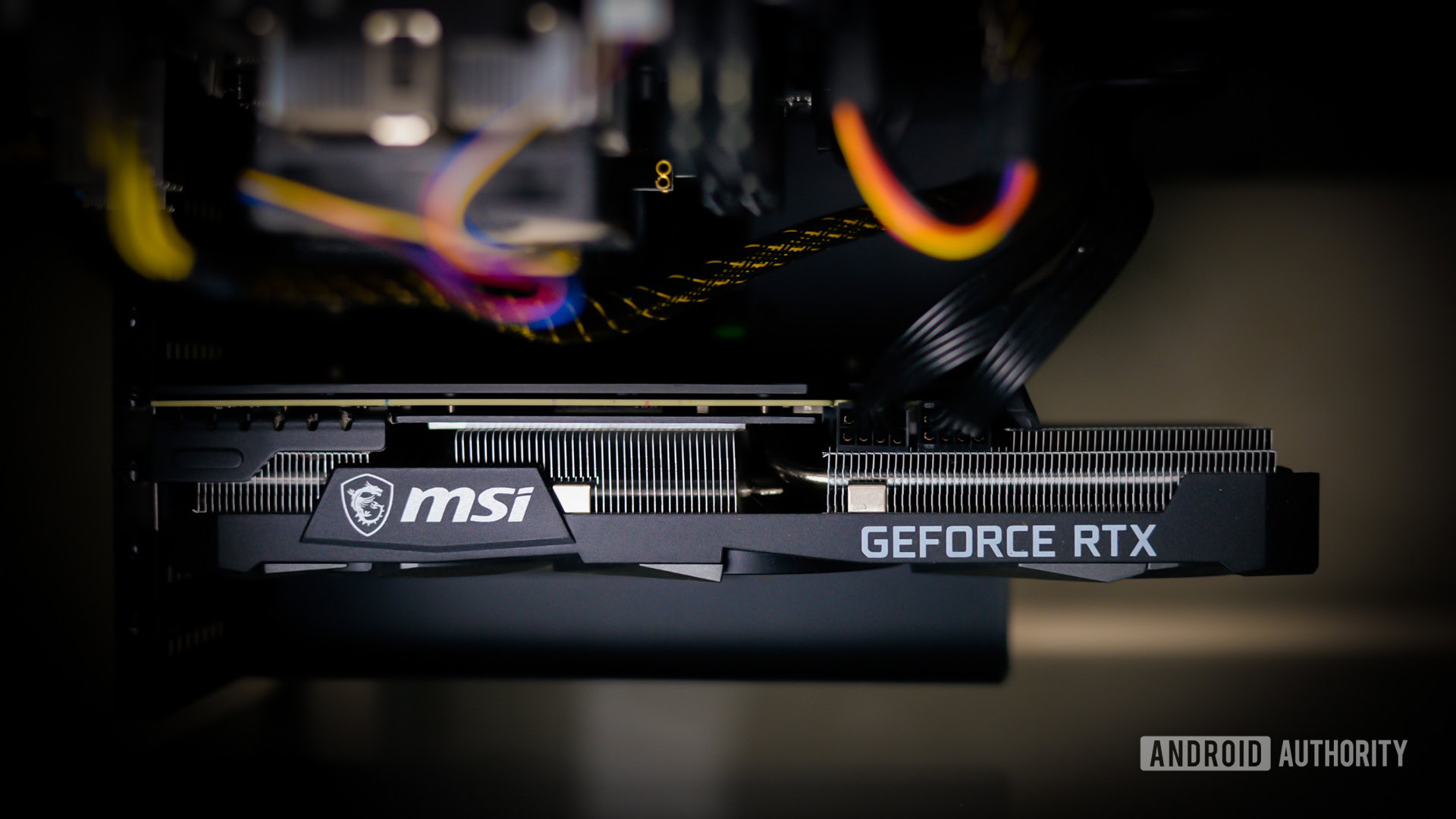
Edgar Cervantes / Android Authority
In Proof of Work-based cryptocurrencies like Bitcoin, Litecoin, and Ethereum, hash power refers to the total amount of computational power dedicated to the network. Hash rate or power may also be used to signal the capability of a particular hardware device, such as a graphics card or specialized mining equipment called ASICs.
Miners require high hash rates to participate in the competitive process of determining the solution to new blocks on the Bitcoin network. Miners have a higher chance of finding a block with a higher hash rate.
On the other hand, cryptocurrencies benefit from higher hash power figures since it signals public confidence in the blockchain. A hash rate from multiple independent sources also strengthens the network against malicious acts such as double spending and 51% attacks.
51% attack
In a proof of work cryptocurrency, decentralization is only achieved when the network’s hash rate comes from several independent sources. However, if one entity gains control over a majority of the hash power (more than 50%), they can achieve network consensus by themselves. This would allow them to execute a 51% attack.
This attack would allow the miner to reverse recent transactions and selectively censor future payments. The only way for a network to recover would be if honest miners represent a higher share of the network’s total hash rate.
A 51% attack takes place when one or more malicious groups control the network’s consensus. In Bitcoin, that would involve a single entity having more computational power than everyone else.
Only a handful of high-profile cryptocurrencies have suffered 51% attacks. In the case of Bitcoin, Ethereum, and even Litecoin, the total amount of hash power far exceeds what a single miner can produce. However, smaller cryptocurrencies like Ethereum Classic have suffered as many as three 51% attacks in quick succession.
Digital wallet / Cryptocurrency wallet

Edgar Cervantes / Android Authority
A digital wallet allows you to own and transfer a cryptocurrency balance. At the most basic level, wallets offer a friendly interface to send and receive cryptocurrency. Some wallets may also offer optional features such as password protection and backup functionality.
Wallets contain a secret key, or cryptographic private key, that authenticates a balance on the cryptocurrency blockchain. This private key is then used to sign every outgoing transaction. When the network receives a signed transaction, every other participant automatically knows that the wallet’s rightful owner initiated the transaction.
Since wallets are fundamentally just private key enclaves, users are not bound to any particular wallet provider. This is also why most wallet backups are also cross-compatible with each other.
Software wallet
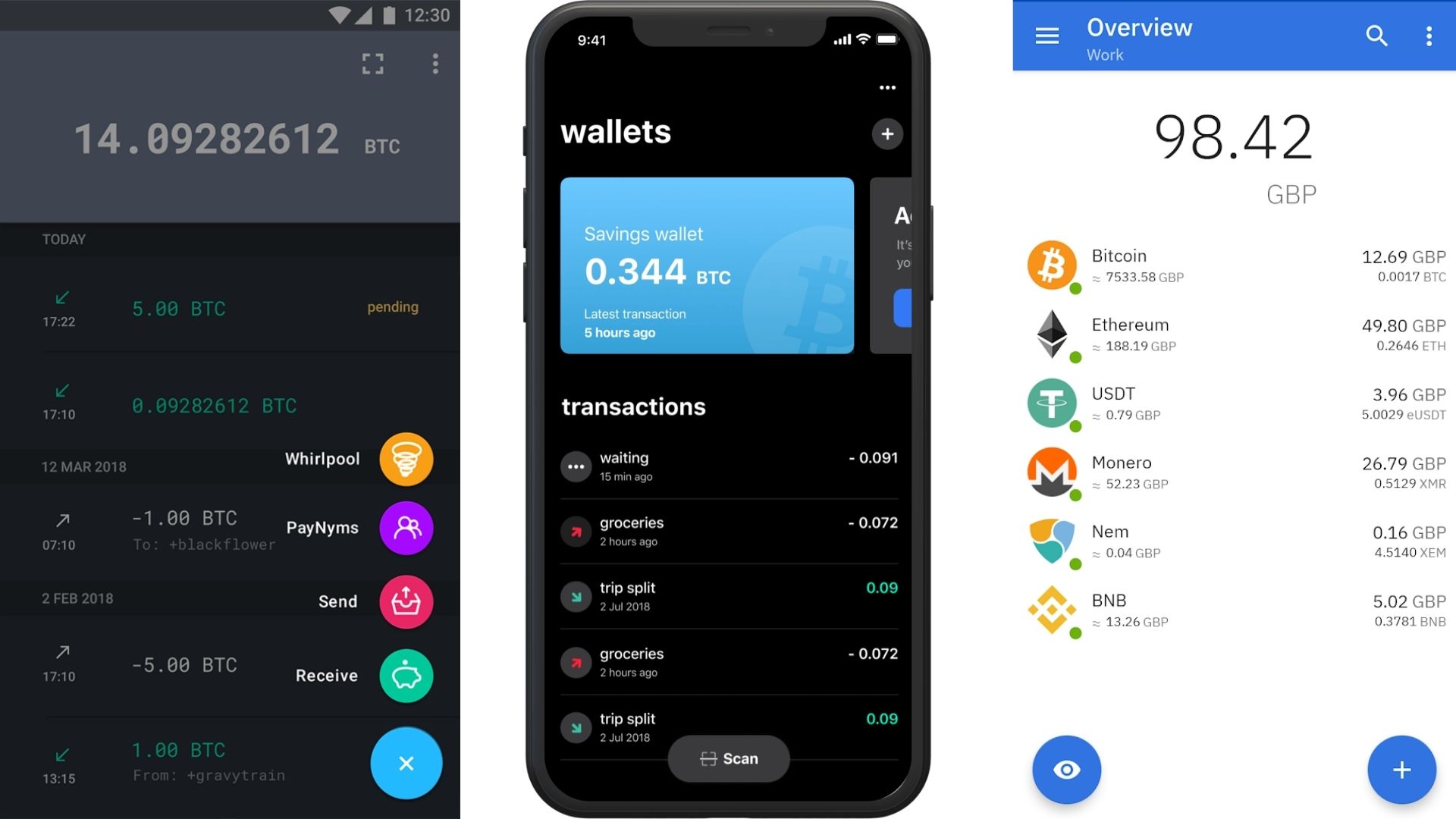
Samourai, Blue Wallet, Coinomi
A software wallet is a cryptocurrency wallet in the form of a computer program or smartphone app. While extremely convenient, software wallets are vulnerable to attacks since they live on general-purpose operating systems like Windows and Android.
Hardware wallet
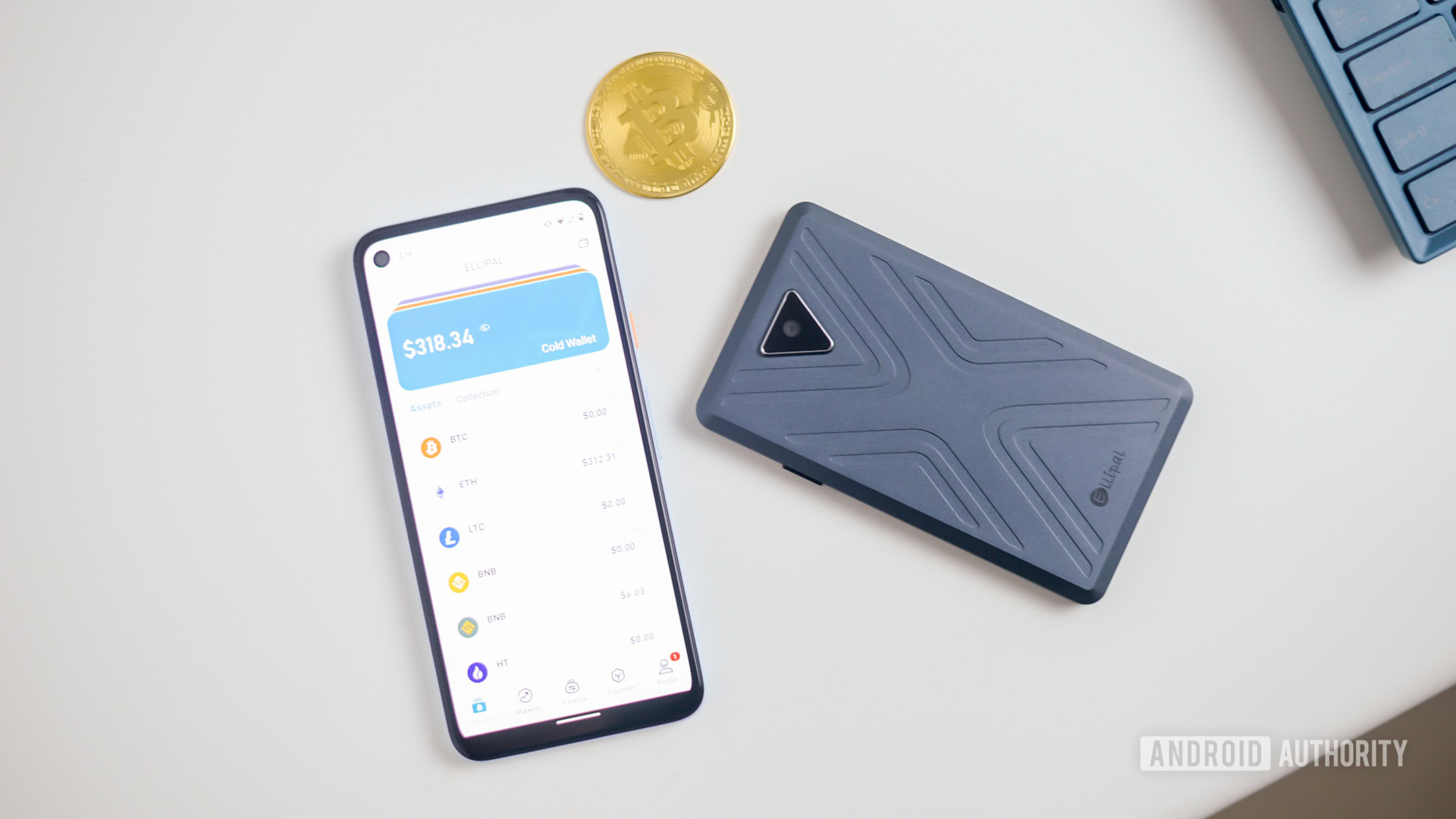
Edgar Cervantes / Android Authority
Unlike a software wallet, a hardware wallet lives on a specialized electronic device. This separation offers security benefits since these devices run highly optimized software. Their entire purpose is to mitigate the chances of private key theft or eavesdropping.
Users can verify and confirm outgoing transactions from the hardware wallet itself. This means that even if such devices are plugged into untrusted or compromised computers, there’s not much risk to your cryptocurrency holdings. If your hardware wallet is ever stolen, the thief will have no way to extract the wallet’s private key easily.
Cold storage

Edgar Cervantes / Android Authority
In the context of cryptocurrency, cold storage refers to the practice of permanently storing a digital wallet offline.
Over the past few years, cryptocurrency wallets have increasingly become a target for hackers. Cold storage, in the form of an offline hardware wallet or offline-generated private key, allows investors and cryptocurrency-holding corporations to eliminate any digital attack vectors.
Most high-profile cryptocurrency exchanges, such as Binance, Coinbase, and Kraken, employ this storage practice for most of their digital currency holdings.
Initial Coin Offering (ICO)
An initial coin offering, or ICO, refers to a fundraising event in the cryptocurrency and blockchain industries. The term was inspired by Initial Public Offerings (IPOs) in traditional finance.
In IPOs, investors can buy shares at the time of a company’s initial listing on a stock exchange. Similarly, ICOs allow early investors to purchase cryptocurrency tokens issued by an up-and-coming company specializing in a blockchain-based product or platform.
ICOs are the crypto industry’s equivalent to Initial Public Offerings (IPOs).
ICOs are mostly unregulated and do not require significant regulatory disclosures or compliance. Investing in an ICO is often viewed as a risky endeavor, given that most cryptocurrency startups have failed to materialize their vision.
Layer two scaling solution
For years, cryptocurrency blockchain networks have grappled with the problem of scalability. Bitcoin, for instance, is extremely secure and decentralized, but suffers from long transaction settlement times during periods of high usage. Since the problem of blockchain scalability hasn’t been solved yet, alternative ideas such as layer two scaling solutions have gained momentum.
Layer two scaling solutions aim to enable faster settlement times and lower fees in blockchain-based cryptocurrencies.
In a nutshell, layer two solutions propose adding a second transaction ledger on top of a cryptocurrency’s blockchain to enable faster settlement times and lower fees. This independence is why they are often referred to as “off-chain” scaling solutions. The Lightning Network for Bitcoin is perhaps the most well-known layer two scaling solution.
Lightning network
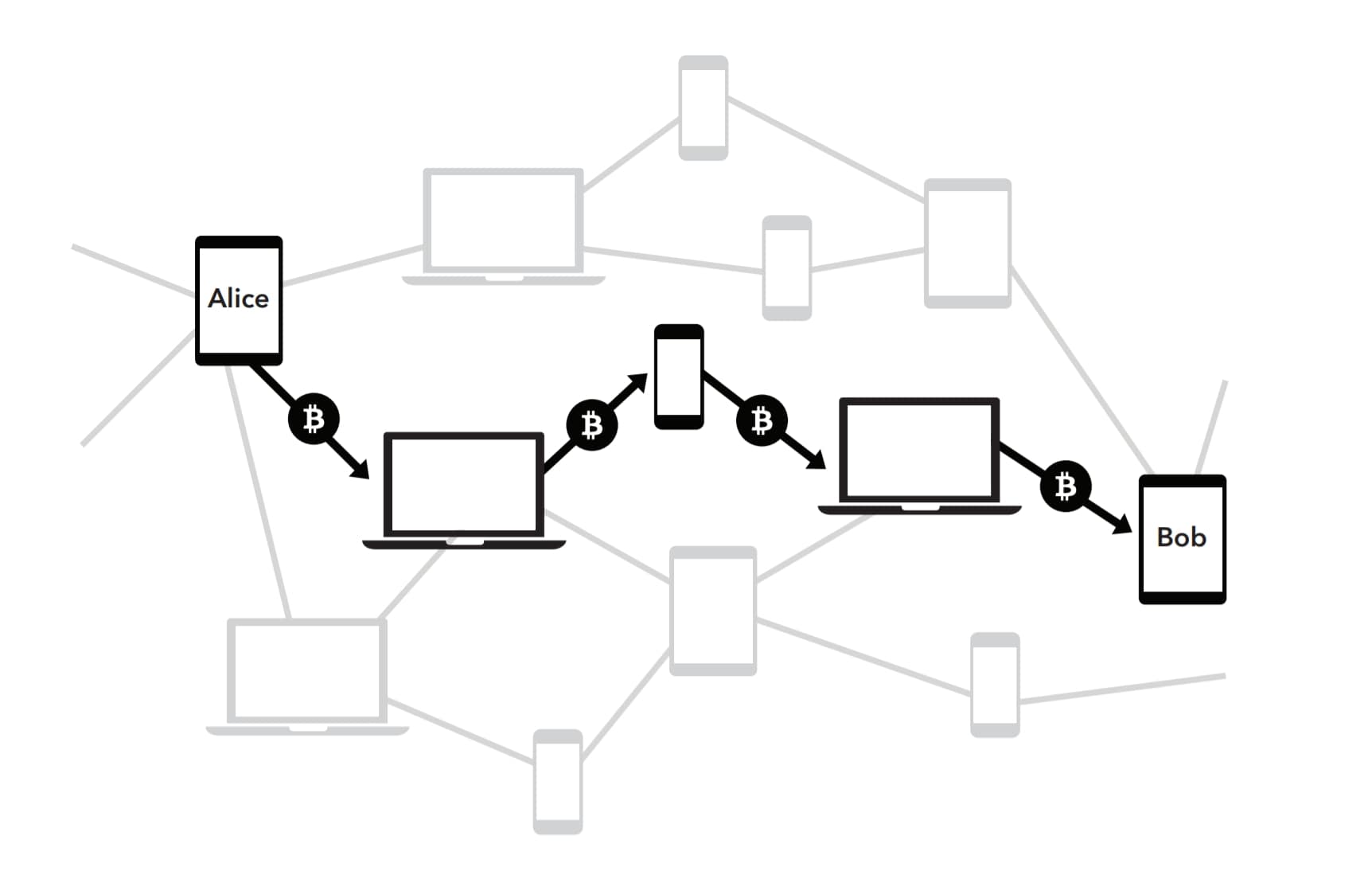
The Lightning Network is a popular layer two scaling solution for the Bitcoin blockchain. It involves setting up a transaction channel between two parties, with each party depositing an equal amount of Bitcoin.
Once the channel is live, payments are recorded through a simple addition and deduction of this common balance — like a virtual bookkeeping system. Only the net total is computed for both parties when the channel is closed. This value is then recorded to the Bitcoin blockchain via a single on-chain transaction.
The act of opening and closing a channel does require paying Bitcoin’s standard transaction fees. However, any payments made through the channel itself are instantaneous and nearly feeless. Still, the Lightning Network works best in cases involving dozens or even hundreds of regular back and forth payments.
Multi-signature wallet
A multi-signature wallet requires two or more private keys to sign a transaction. You can think of it as the cryptocurrency equivalent to a joint bank account, except that a single party usually cannot do anything by themselves.
Multi-signature wallets may be operated as a majority, wherein 2-of-3 or 3-of-5 signatures are required before a transaction can be initiated. In other words, they are particularly effective at eliminating a single point of failure.
Multi-signature wallets distribute the risk of cryptocurrency ownership. Using one ensures that the wallet’s security stays intact even if a single private key is compromised.
This system ensures that the wallet’s security stays intact even if a single private key is compromised. Many cryptocurrency exchanges use multi-signature wallets these days to ensure that a rogue employee or compromised device doesn’t directly result in catastrophic loss.
Mainnet / Testnet
Mainnet is a colloquial term used to describe a cryptocurrency’s primary network or blockchain. The testnet, on the other hand, is an experimental network used purely for research and testing purposes.
Cryptocurrencies usually go through long development cycles. New changes to the network and protocol are generally tested for weeks or even months before they are finalized.
Developers use testnets with essentially worthless tokens to test their experimental ideas before the finalized updates are rolled out on the primary network everyone uses.
Did we miss a cryptocurrency phrase in our glossary? Let us know in the comments below. Don’t forget to bookmark this page — we’ll be updating it regularly as the cryptocurrency ecosystem matures.
